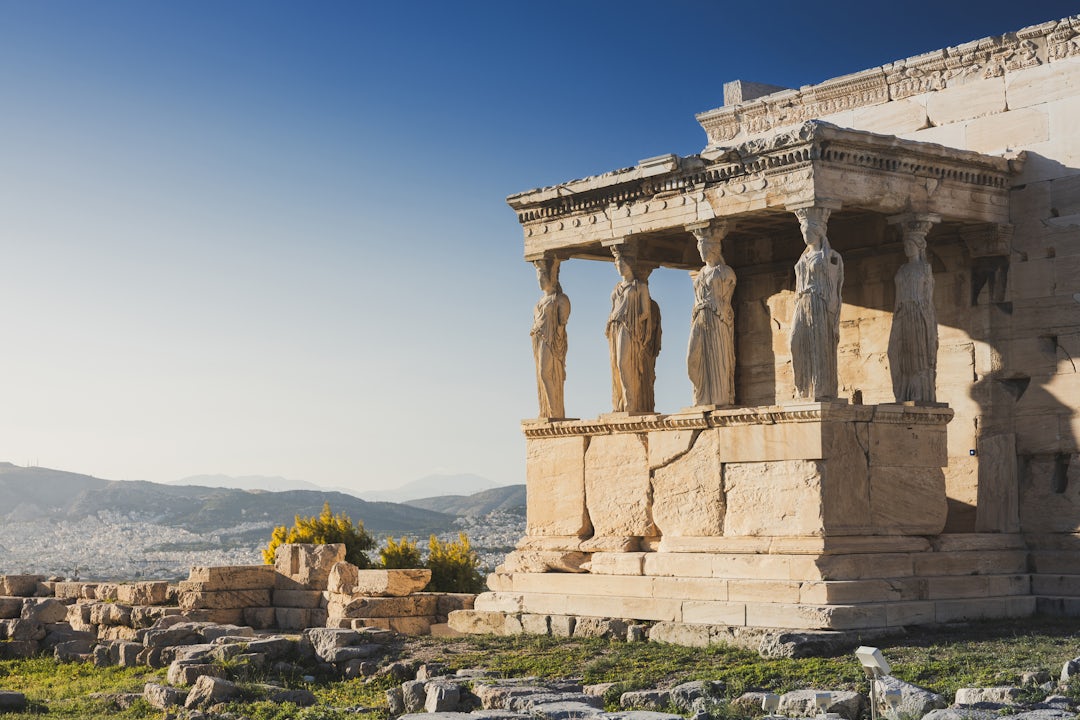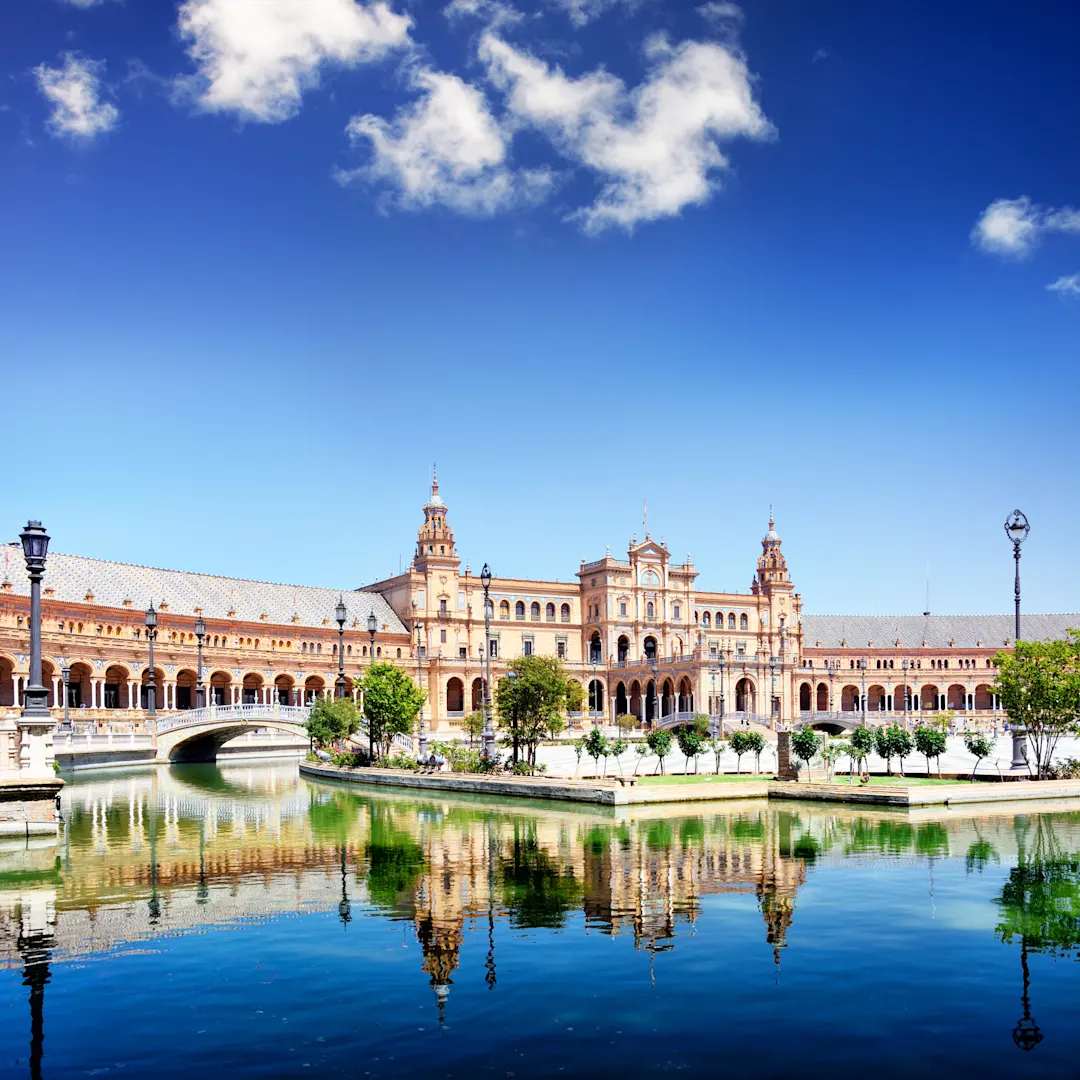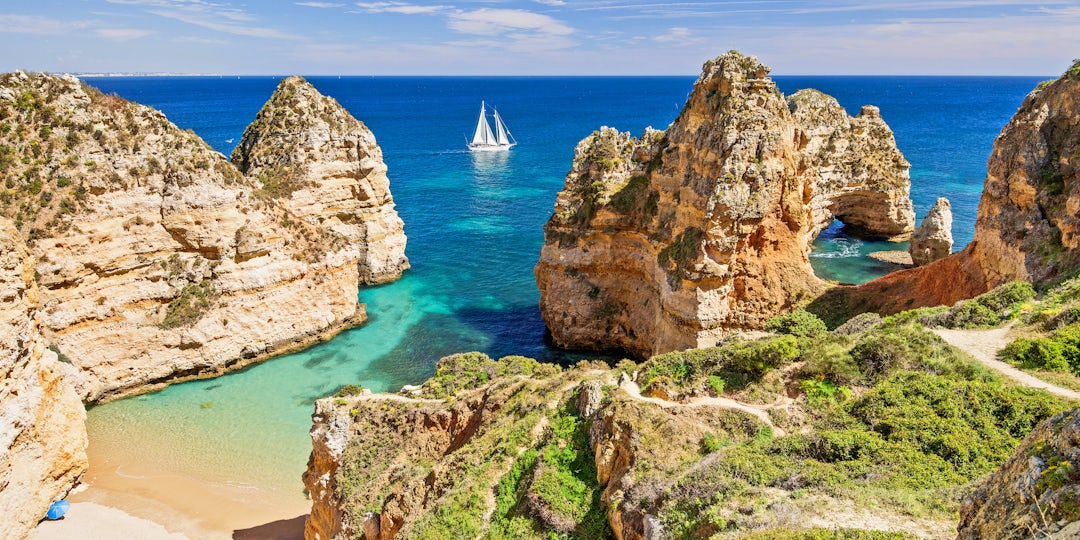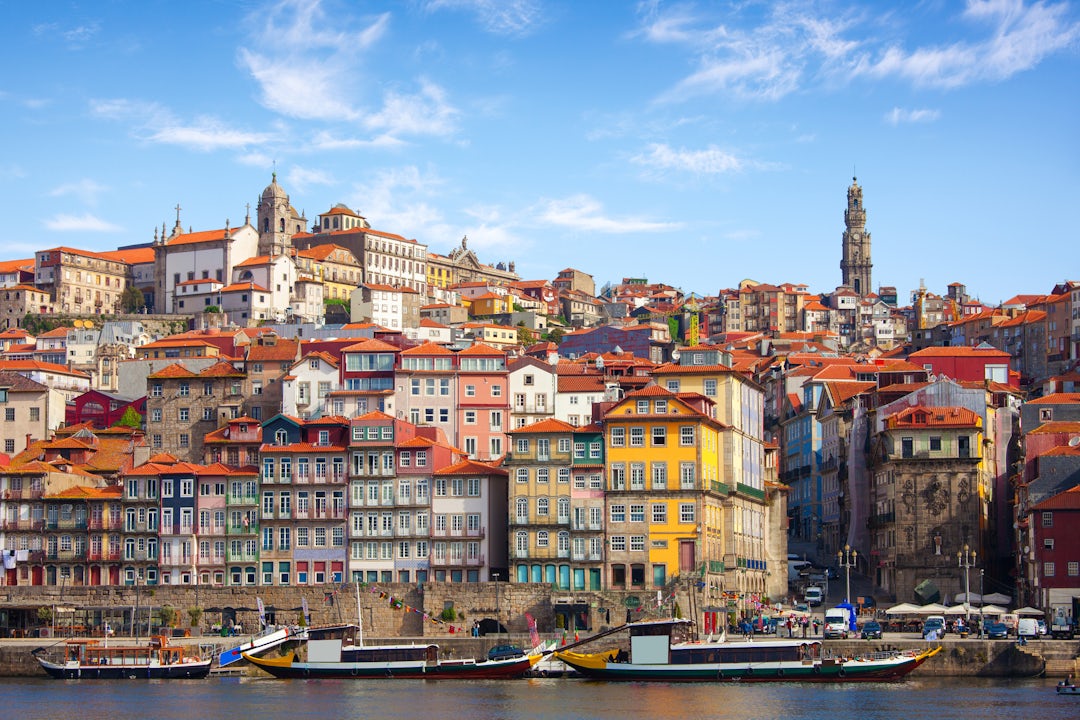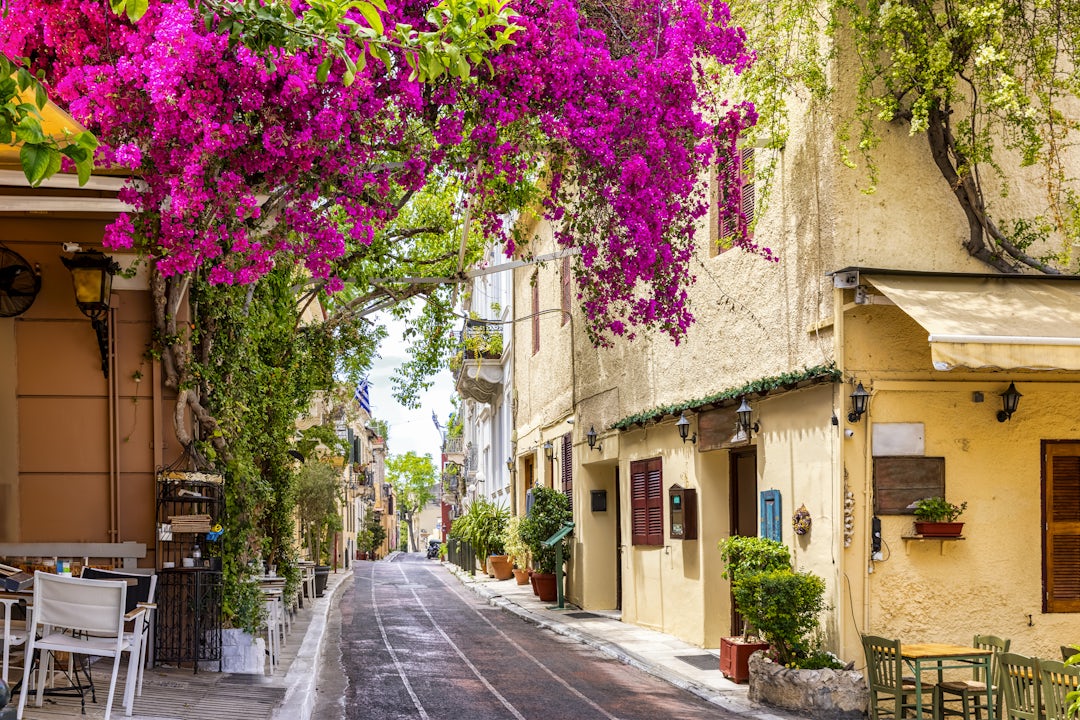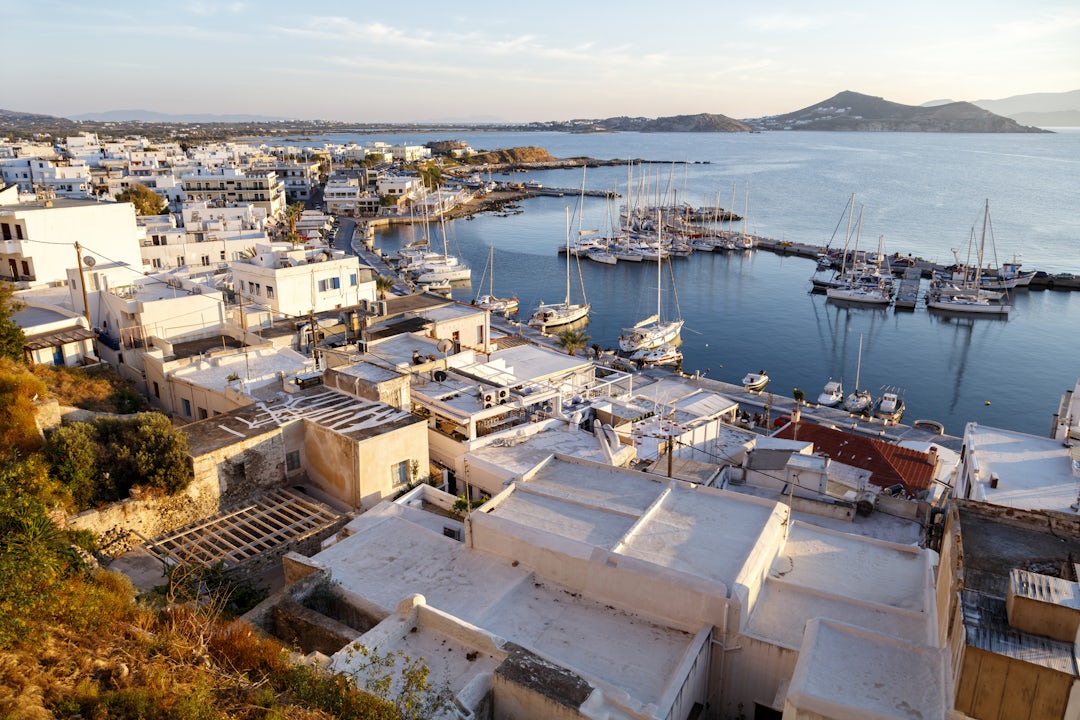

The best time to travel to Tenerife
Vacations in the shadow of the Teide
Plan your Trip
Your tailor-made itinerary – No cost, no commitment
Excellent
4.5 of 5
4,587Reviews
Excellent
Plan your Trip
Your tailor-made itinerary – No cost, no commitment
Our expert recommendation
The best time to visit Tenerife is between April and October. Now it is warm and sunny, perfect for a beach vacation. In July and August, however, it gets very hot and the beaches are very busy.

Deborah Clauss
Tourlane travel expert for Spain
Updated on 11/25/2025
Plan for free
Custom holiday packages and trips that fit your budget
Personalized for you
Itineraries built exactly to your needs
Private VIP guides
A personal English-speaking, native-European travel expert for every step
Peace-of-mind support
Full service assistance before, during, and after your trip
Tenerife is located off the coast of Africa and has a subtropical climate with mild temperatures. Summers are warm and dry, with average temperatures of 77-82° F. Fall is mild, but rainfall can occur. Winter is cooler and rainier, but with average temperatures of 64-68° F it remains mild. In spring, temperatures rise while the likelihood of rain decreases. Generally speaking, the north of the island is somewhat wetter and greener than the south.

Tenerife in the high season
The months of July and August in peak summer are the high season on Tenerife in terms of visitors. During the summer vacation, many families come to relax on the beach, splash around in the water and lie by the hotel pools. Pure sunshine and hardly any rainfall make Tenerife the perfect destination for a classic summer vacation at around 86° F. However, it can get very crowded on the island and hotels and beaches are always busy. Prices also rise during the vacation season.

Tenerife in the off-season
Winter on Tenerife serves as a second peak travel season. Between December and the end of February, many winter-weary vacationers arrive to enjoy the Canary Island's mild weather. Although rainfall is more frequent, temperatures rarely drop below 59° F. This means there is still a good chance of enjoying warm, sunny days even in winter. It is no wonder that some visitors choose to spend the entire winter here. The number of visitors—and prices—increase significantly between Christmas and New Year's. It pays to book early!

Tenerife in the low season
The low season on Tenerife can be defined as spring and fall. There are fewer visitors on the island then than during the main travel periods in the summer and winter vacations. However, this is more due to the vacation periods than the weather. Between March or April and June and from September to November, nature has a lot to offer. In spring, the landscape is in bloom and the sun is getting warmer, while in fall it is still pleasantly warm until late in the year.

“Puerto de la Cruz is a charming coastal town in the north, where it is generally a little more humid than in the south of Tenerife. If you come in May or June, you can experience the town in bloom and without the crowds.”

Deborah Clauss
Travel expert for Spain

Hiking
The best time to go hiking in Tenerife is in spring, from March to May, and in fall from September to November. It is usually dry and the temperatures are pleasantly warm. If you want to climb Mount Teide, you should find out in advance whether there is snow on the summit, as you should then refrain from climbing. In spring, nature on Tenerife is in bloom and sprouting, a special experience.

Golf
The best time to play golf in Tenerife is in spring and fall. Then it is not as hot as in summer, which is an advantage for sporting activities. While it often rains in winter, it is usually dry in spring and fall, making these seasons ideal for golfing in Tenerife.

Diving
As Tenerife has mild temperatures all year round, diving in the waters of the Canary Islands is possible year-round. The best time to go diving is between March and November, when underwater visibility is particularly good and the currents are less strong than in winter. Water temperatures during this time range between 68° F and 77° F.

Surfing
The best time to go surfing in Tenerife is usually between October and March. During these months there are often strong winds and therefore good waves for experienced surfers. If it's your first time on the board, you can also get into the water in summer. The sea is calmer in summer, making the conditions ideal for beginners.





































